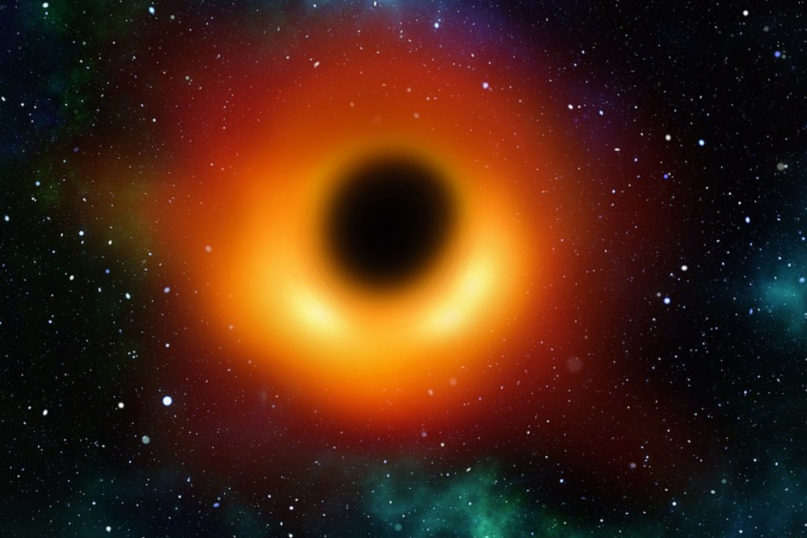
With the assistance of radio waves, infrared, X-rays, astronomers were able to detect the presence of an object with the mass of four million suns packed into a region smaller than our solar system: a supermassive black hole.
Even as scientists gather more and more information about them, black holes are still very mysterious. By definition a black hole is a region of spacetime exhibiting such strong gravitational effects that nothing—not even particles and electromagnetic radiation such as light—can escape from inside it. The theory of general relativity ties into the existence of black holes because it predicts that a sufficiently compact mass can deform spacetime to eventually form a black hole. Yet with all this evidence of their existence no one has spotted a black hole, until now.
With the assistance of radio waves, infrared, X-rays, astronomers were able to detect the presence of an object with the mass of four million suns packed into a region smaller than our solar system: a supermassive black hole. They then utilized the Event Horizon Telescope to capture images of it. The astronomers named it Sagittarius A*, or Sgr A* for short, because of its location in the Sagittarius constellation. Due to Sgr A*’s location in the Milky Way, it has helped make the idea concrete that the center of nearly every large galaxy is home to a supermassive black hole.
Einstein’s theory of relativity supported the thought that the natural world would protect us from the formation of black holes. But Karl Schwarzschild, while enlisted in the German army during World War I challenged Einstein’s newly published theory of relativity apocryphally by calculating ballistic trajectories from the trenches on the Russian front. Schwarzschild found that space-time effectively spills toward the crushed center. Racing at its absolute speed, even light gets dragged down the hole, casting a shadow on the sky. That shadow is the event horizon, the stark demarcation between the outside and anything with the misfortune to have fallen inside.
“The most exciting thing we could possibly do would be to supplant Einstein, to find that in this extreme gravitational laboratory, that there’s something a little new,” said astrophysicist Avery Broderick.
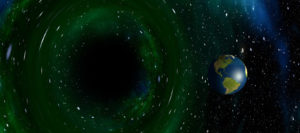
So why, if we had long known about their existence, have we never taken a direct picture of a black hole before? The answer lies in the little-known fact that black holes are tiny, despite the popular belief that they are the huge vacuum cleaners of space. A black hole the mass of the sun would have an event horizon a of a humble 6 kilometers across. Sagittarius A* is 4 million times the mass of the sun but only about 17 times wider.

By: Alexandria Addesso, Kean College, New Jersey.












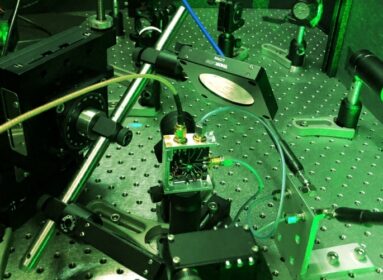
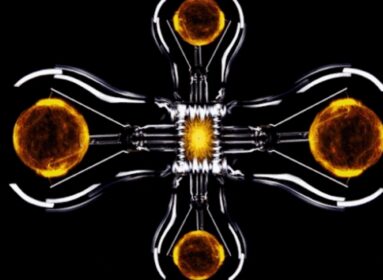

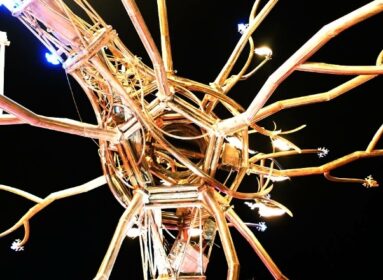








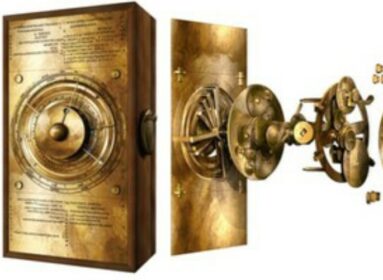

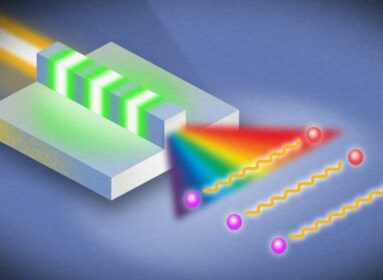


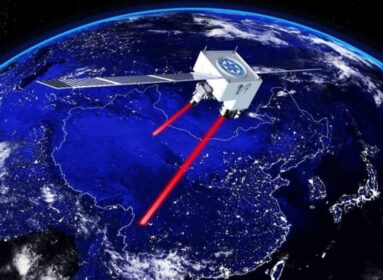












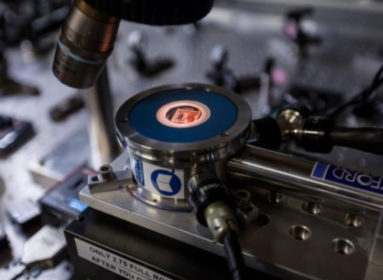





















Comments are closed.